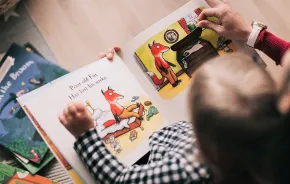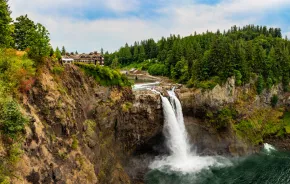
Photo:
The room dedicated to the LAIKA film “The Boxtrolls,” part of the special exhibit now on view at MoPOP. Credit: Joseph Bondi
Many families have likely watched stop-motion animated movies created by LAIKA Studios, perhaps without realizing the origin of the films. From “Coraline” to “Missing Link,” each LAIKA production inhabits its own world, each with a unique aesthetic.
But unlike most animation studios, LAIKA actually creates its worlds — in real life. They are not CGI.
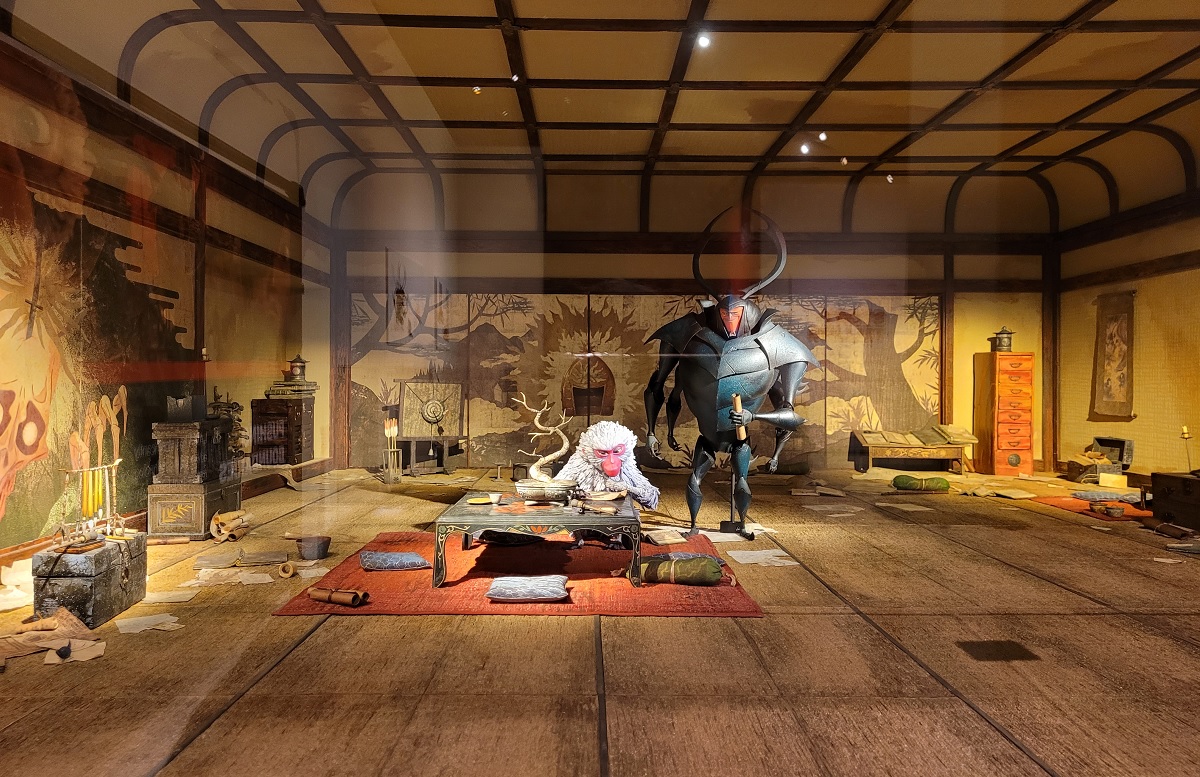
Building LAIKA’s complex miniature worlds takes an attention to detail that few people can imagine or understand. But now families can examine the hidden details of LAIKA’s worlds at a new special exhibit. It’s called “Hidden Worlds: The Films of LAIKA” and it opened this week at Seattle’s Museum of Pop Culture, commonly called MoPOP.
The exhibit offers an immersive look at how LAIKA’s stop-motion animated films are made. Through large-scale displays, film artifacts and interactive elements, visitors discover the myriad tiny elements that combine to create the imaginative and richly detailed worlds of LAIKA.
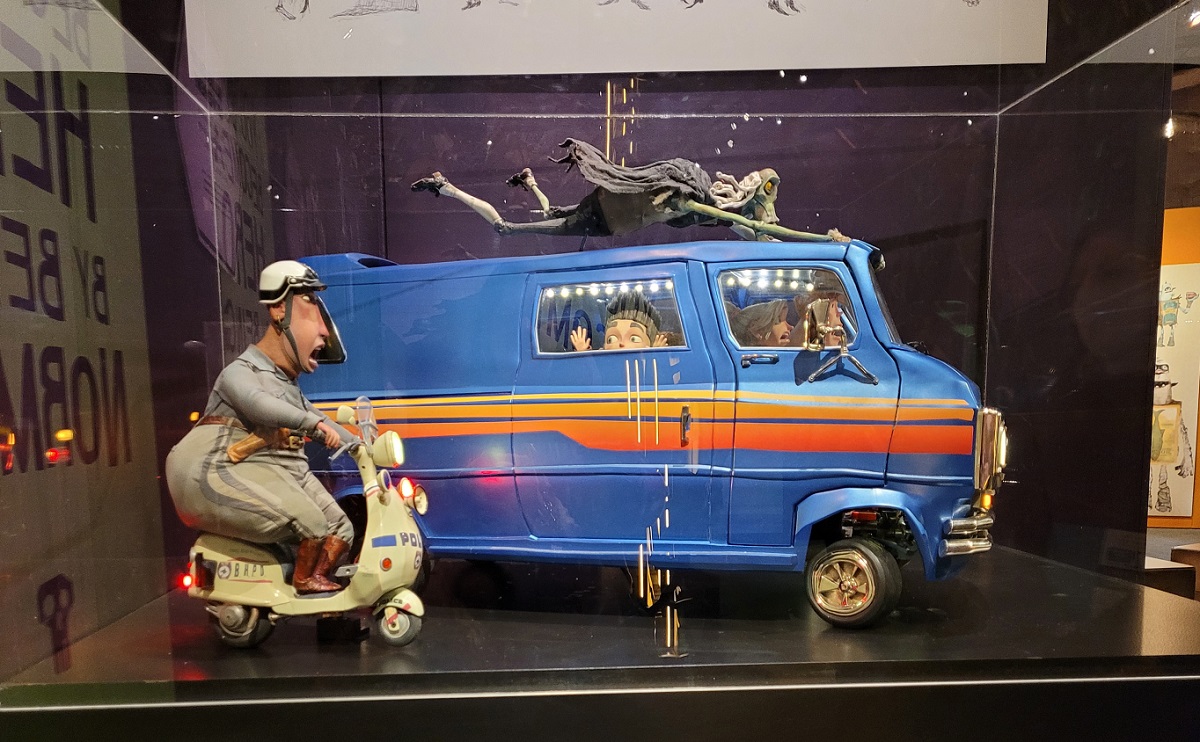
Something for everyone
Families with tweens or teens interested in film, art, engineering, sculpture, technology, 3D printing, robotics, painting, costume design, and even jewelry-making will find many things to love.
The 7,500-square-foot exhibit created by MoPOP curators, in partnership with LAIKA creators, will be on display at MoPOP through summer 2024, before it sets off to other museums around the country.
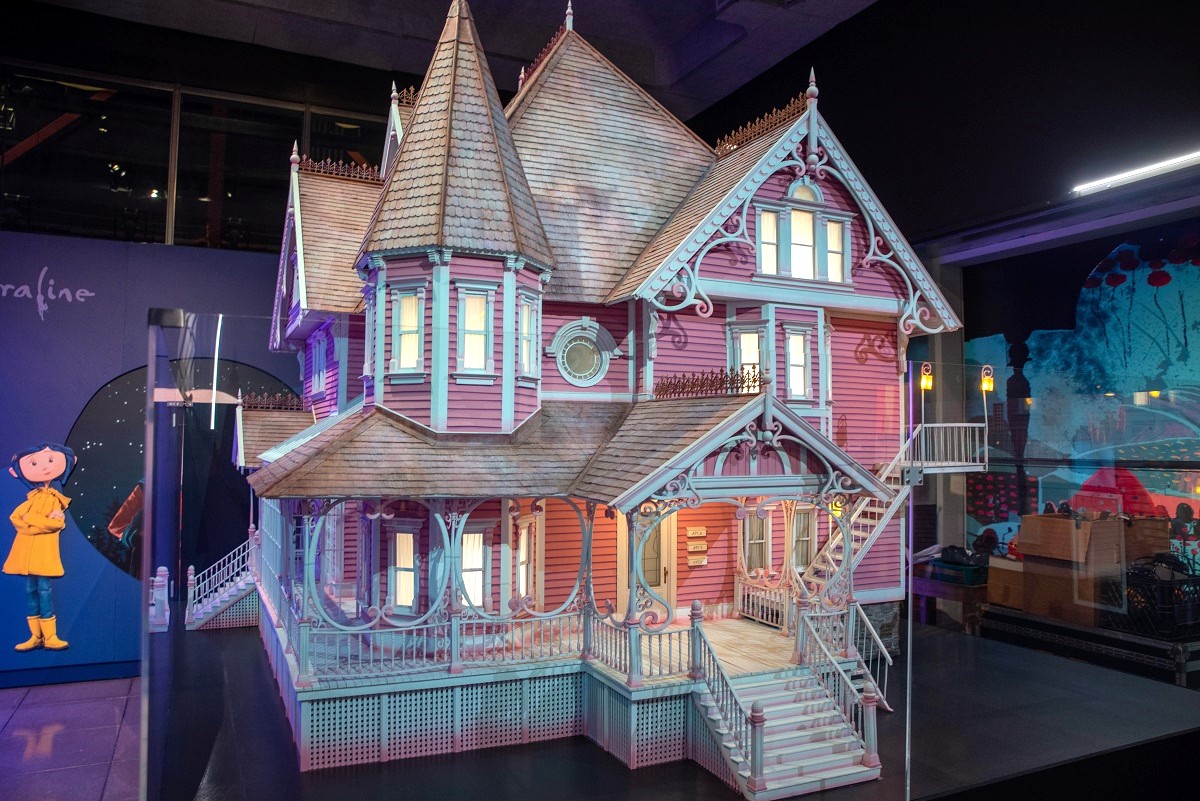
LAIKA Studios
For those unfamiliar with the name, LAIKA is a Portland-based movie studio that was founded in 2005. It has produced five films, “Coraline” (2009), “ParaNorman” (2012), “The Boxtrolls” (2014), “Kubo and the Two Strings” (2016) and “Missing Link” (2019).
Each film has been nominated for an Academy Award for Outstanding Animated Feature. The studio currently has a sixth film in production, titled “Wildwood.” Described by LAIKA Head of Production Arianne Sutner as “a love letter to Portland,” “Wildwood” is based on the first novel in the Wildwood fantasy series by Colin Meloy. Meloy is also the frontman for Portland-based indie band The Decemberists.
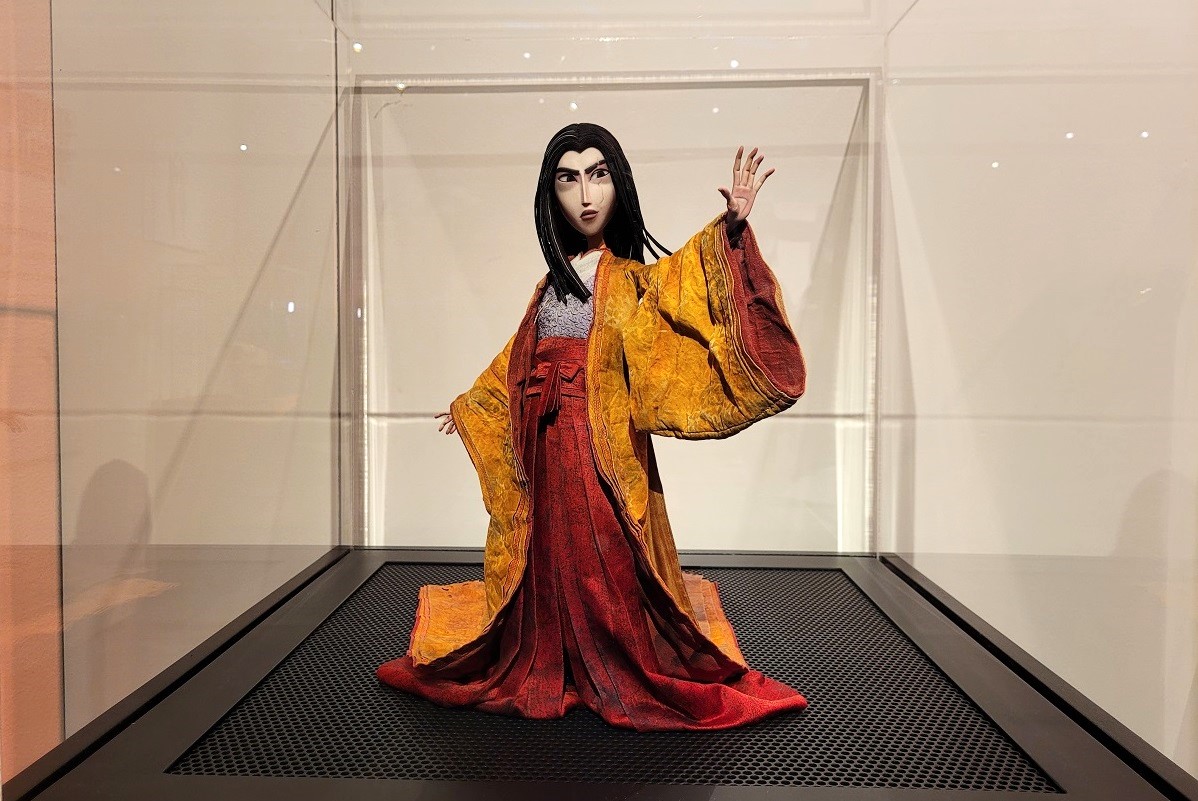
LAIKA films have won a variety of industry awards and nominations, but audiences know them best for their off-beat stories and off-kilter aesthetics. Many parents might focus on the stories, which tend to be darker in tone than most children’s films, sometimes featuring sinister supernatural forces (as in “Coraline,” which is based on the book by Neil Gaiman).
But what’s most remarkable about LAIKA films is the extreme measures the creators go to to achieve the richly detailed, imaginative worlds in which the stories take place.
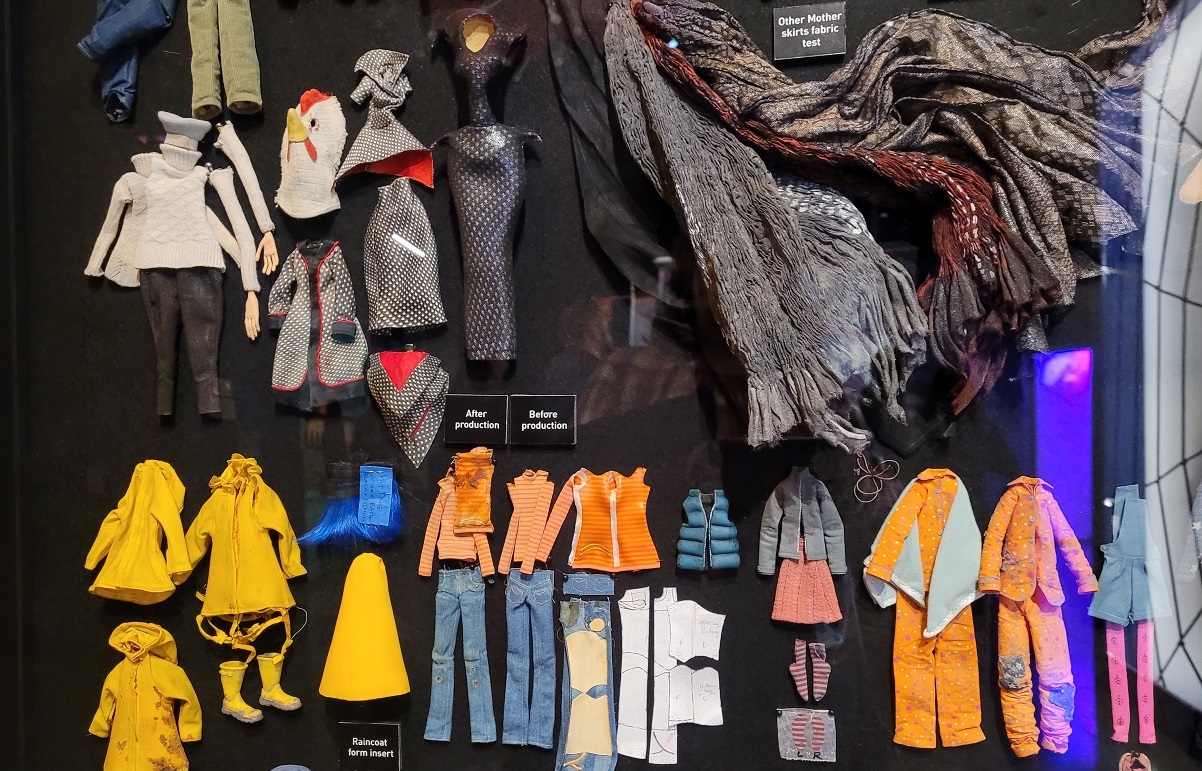
Step into the realm
The Hidden Worlds exhibition at MoPOP explores the technical side of building LAIKA’s story worlds. As visitors move through the space, they experience recreations of six LAIKA worlds, while learning about the ways each one pushed stop-motion technology forward.
In “Coraline,” LAIKA pioneered filming in “ones” instead of “twos.” (Ask a middle schooler if you don’t know what that means; essentially, it doubles the number of images used to animate a film, eliminating the jerky movements characteristic of older animation.)
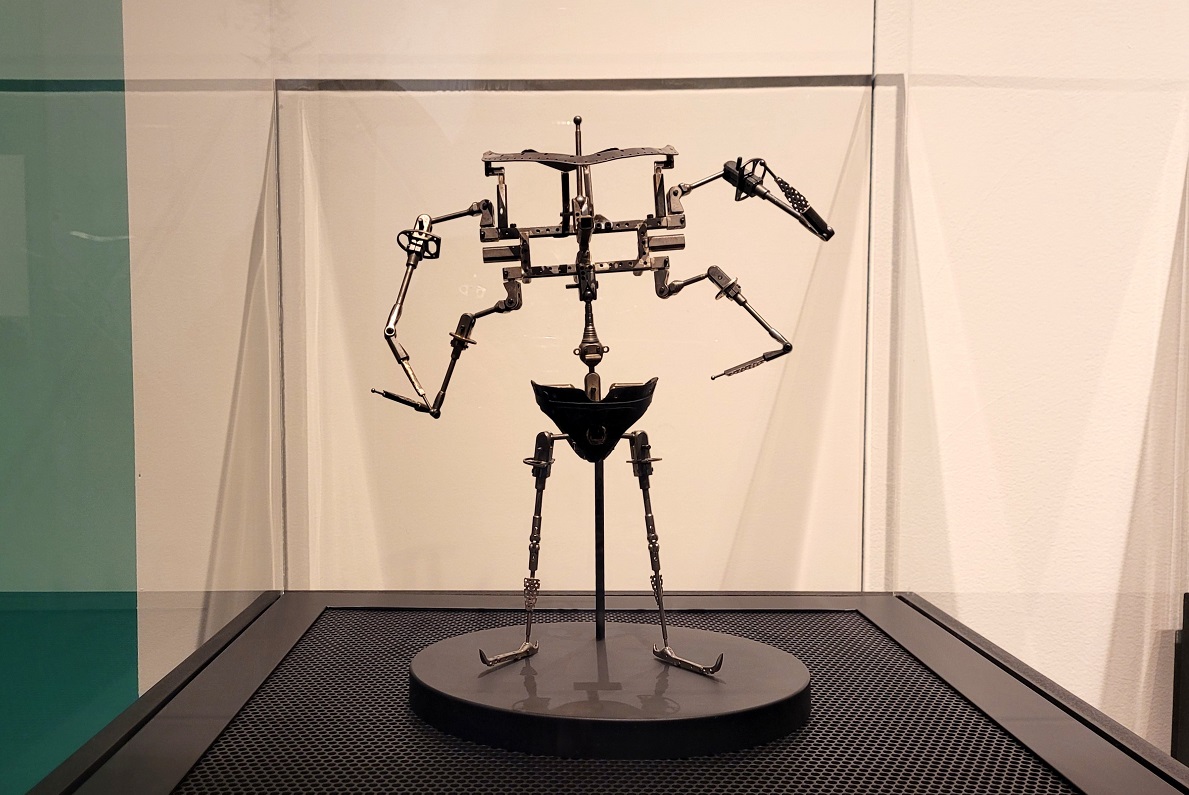
With each subsequent movie, LAIKA found new ways to make its worlds more real, pairing technological advances in digital effects and rapid-prototype 3D printing with traditional stop-motion animation. “Wildwood” promises to be a capstone project, in which every aspect of the film will utilize capabilities that didn’t exist when LAIKA started with “Coraline” back in 2009.
After passing through a life-size version of the tunnel leading to the Other World of “Coraline,” guests experience spaces with immersive scenic elements dedicated to each of the LAIKA films. These sturdy structures can occupy younger visitors while those with longer attention spans linger over the character puppets, costumes and sets protected behind glass.
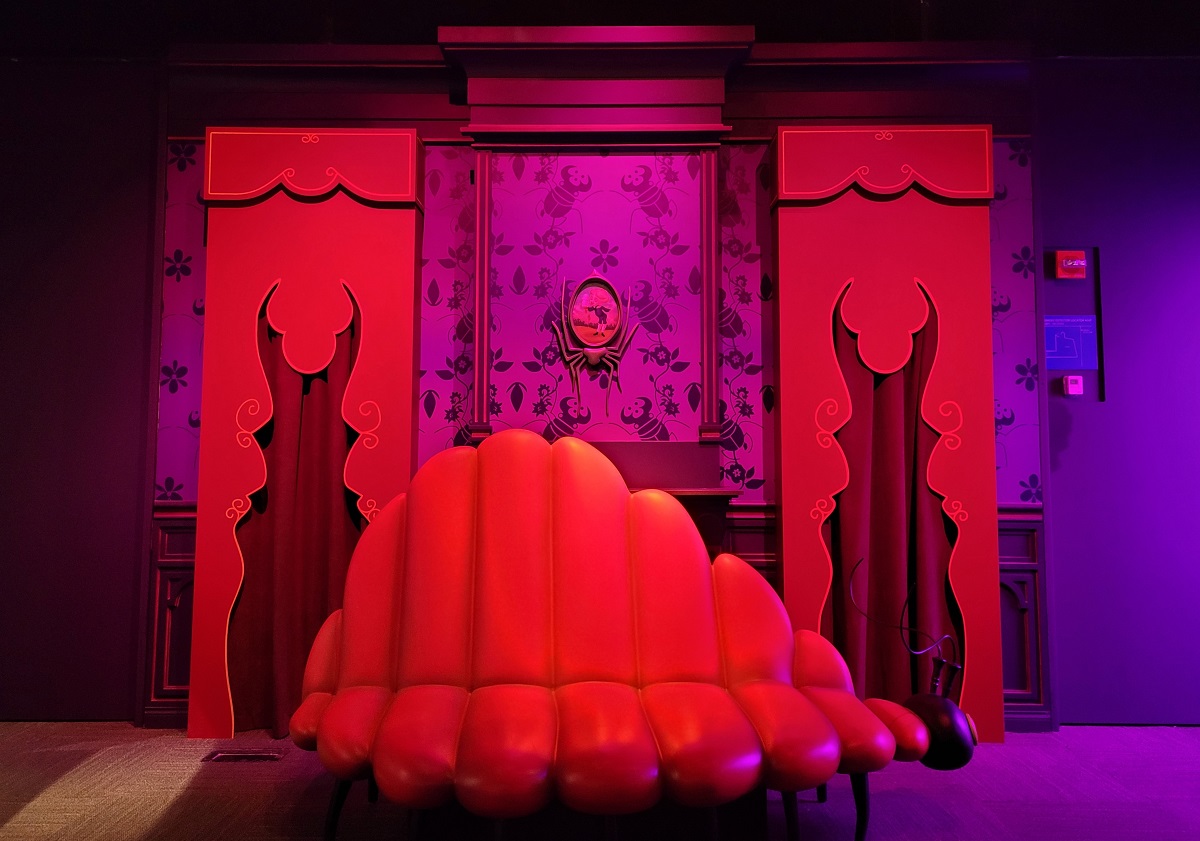
In each space, original documentary films feature members of LAIKA creative teams describing processes and innovations they developed (subtitles are turned on for accessibility).
A handful of interactives scattered throughout the exhibition allow people to play with the technology, capturing their own facial expressions and movements; exploring a “puppet’s-eye-view” of a LAIKA set and creating their own stop-motion animation.
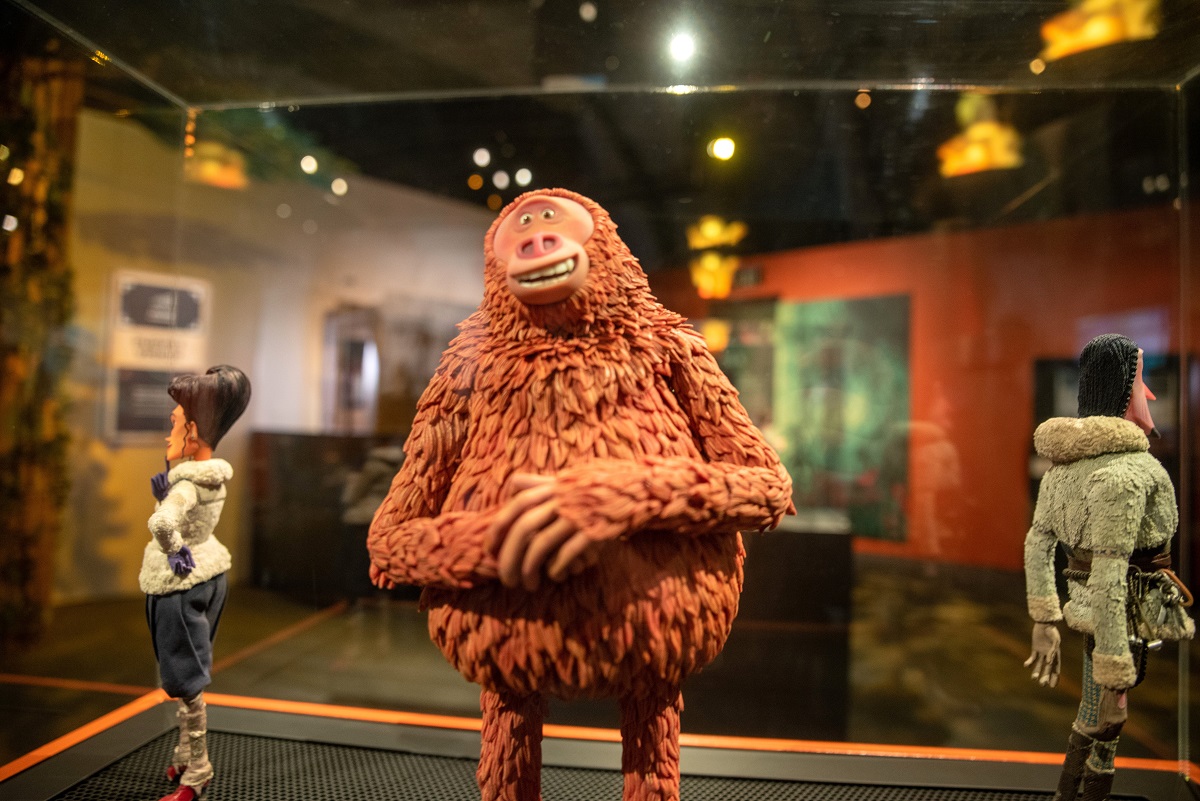
Attention to detail — and the big picture
Visiting Hidden Worlds brings home the incredible number of details involved in making an imagined world real — for example, visitors see how fine-textured silk is dyed to look like denim to keep the scale of fabric appropriate for a 9-inch-tall puppet’s jeans.
But there’s a deeper story hidden in those details. Creating LAIKA’s hidden worlds takes a fundamental creativity, not just imagining the worlds, but problem-solving to bring them into this one. As Oliver Jones, LAIKA’s director of practical effects explained, you can’t major in stop-motion animation at school.
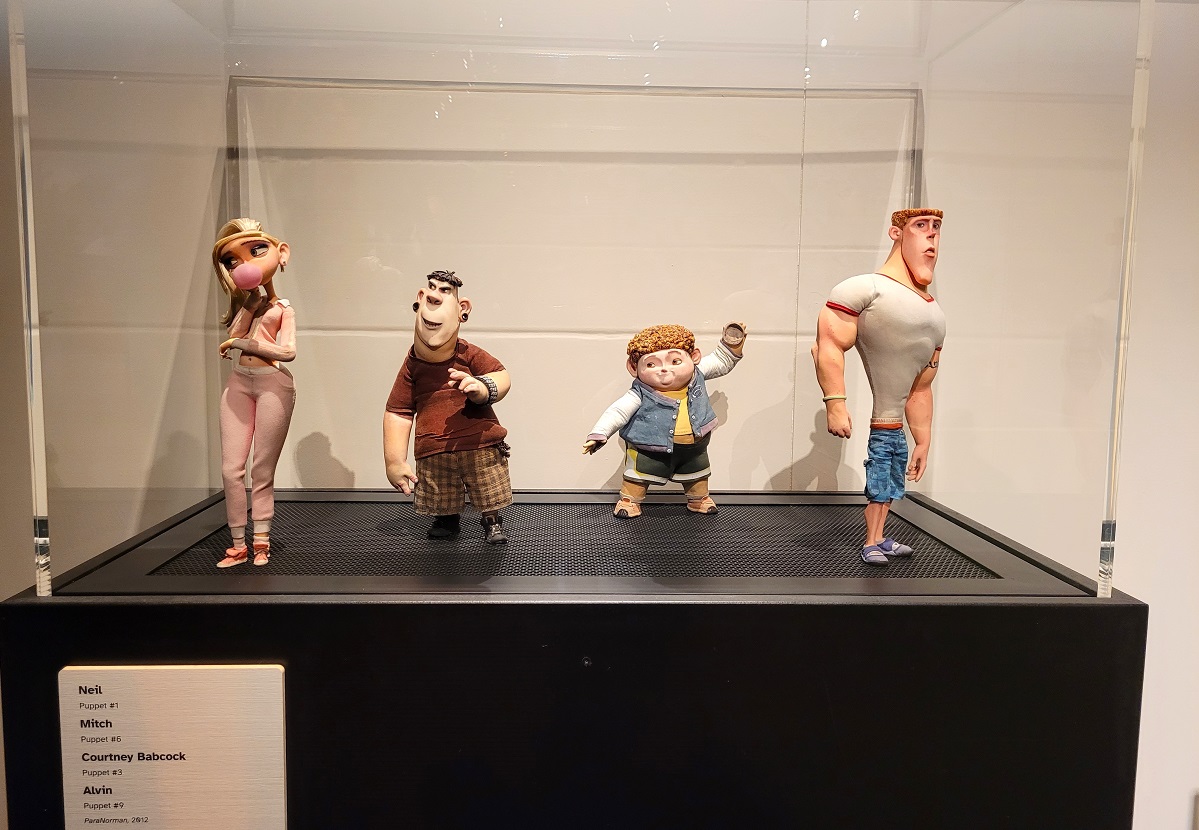
But there are so many pathways to working at this type of film studio. At LAIKA, ceramicists use their skill with pigments to airbrush fabric so that it looks worn; engineers build Terminator-like metal skeletons for Boxtroll puppets; sculptors 3D-print tiny sets of human teeth or bend flower wire to ensure that a miniature sleeve drapes realistically.
The exhibition does not set out to deliver an overt message to middle and high schoolers who may already feel the pressure to specialize to become more competitive for college. But for those who take the time to look closely, Hidden Worlds provides ample evidence that the path to success does not have to be linear.
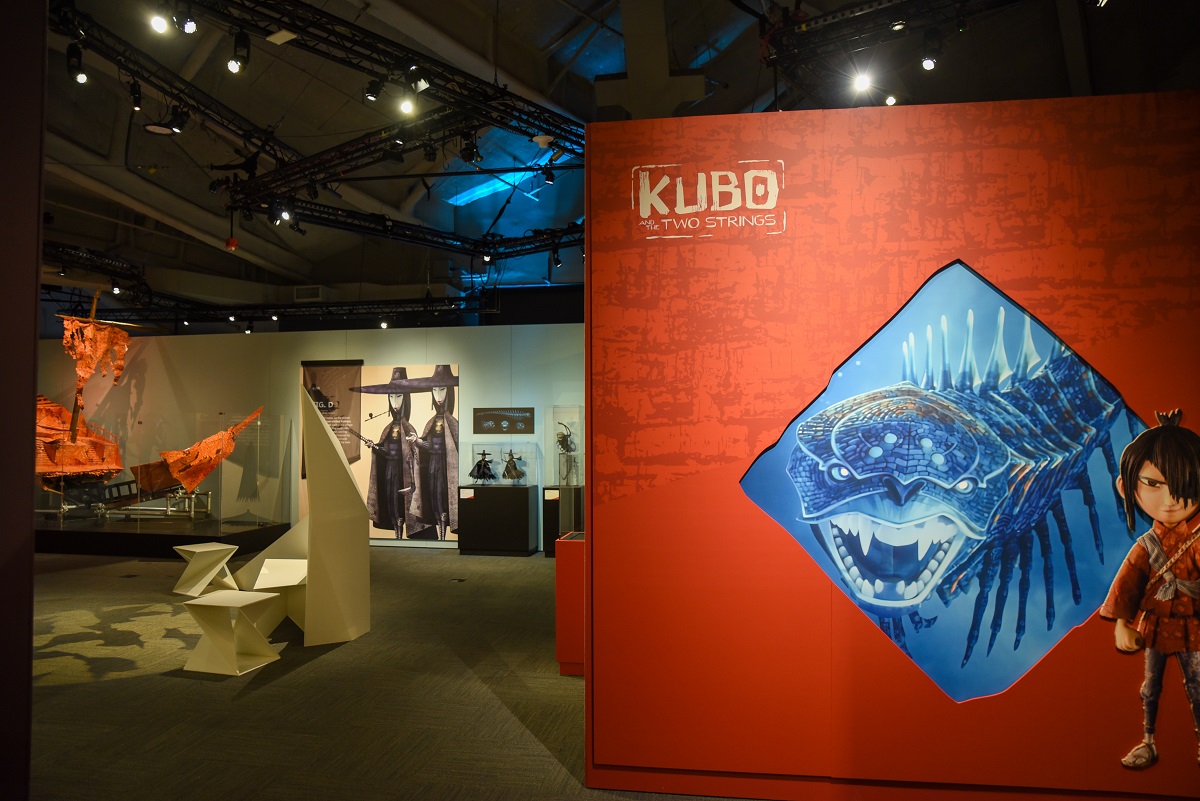
Offscreen, another “hidden world” is the studio in Portland, where some 600 creative people have followed their passions to make a living building fantastic worlds for others to enjoy.
If you go ...Where: Find the Museum of Pop Culture at 325 Fifth Ave. N. in Seattle, on the east side of Seattle Center. When: MoPOP is open Thursday–Tuesday, 10 a.m.–5 p.m. (every day except Wednesday). This special exhibit will be on view through summer 2024. Tip: So much of what makes this exhibition special is the opportunity to get a close look at minutely detailed, small-scale artifacts, so scheduling your visit for a time when the museum is less crowded is highly recommended. Cost: Access to this special exhibit requires paying an additional fee on top of regular museum admission. Regular admission to the museum, without access to “Hidden Worlds,” starts at $28 for adults and $19.50 for kids ages 5–12. Kids ages 4 and younger enter free. There are small discounts for military, seniors and students with ID. For access to regular museum exhibits and “Hidden Worlds,” tickets start at $31.75 for adults and $24 for kids ages 5–12. Note that MoPOP uses a perhaps overly complex system of timed tickets with Plan-Ahead Pricing. This means that prices for a specific date and time vary by a few dollars, depending on a variety of factors. Plan your visit well in advance to get the best price. A family membership ($189 per year for two adults and up to five kids) might make sense if you have enthusiastic LAIKA or MoPOP fans in your crew. Getting there: Accessible parking can be found across Harrison Street and at the Seattle Center 5th Avenue North garage. Seattle Center is also well served by transit and the Monorail. |









